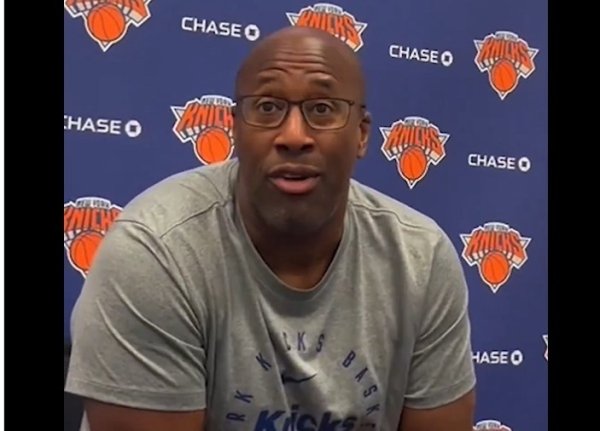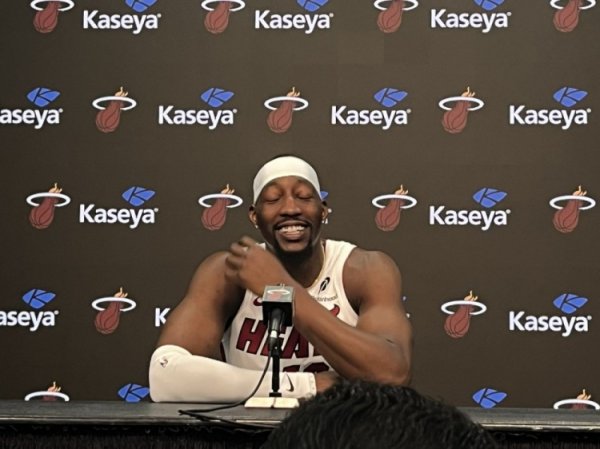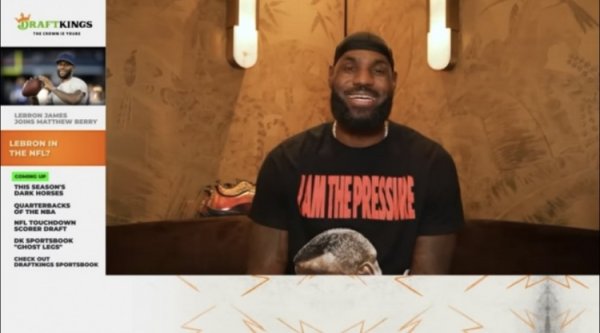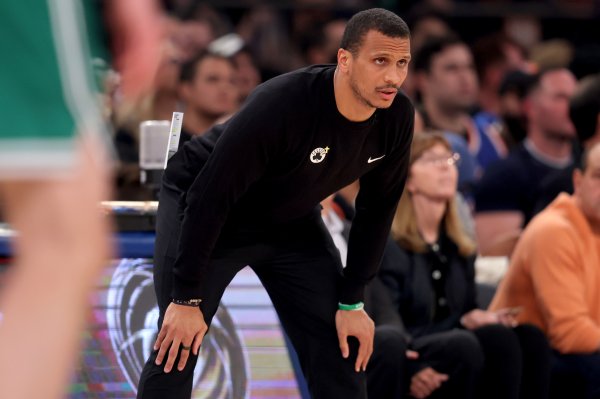🛫Presti once made the Thunder into a Galaxy battleship, and he did it again 5 years later
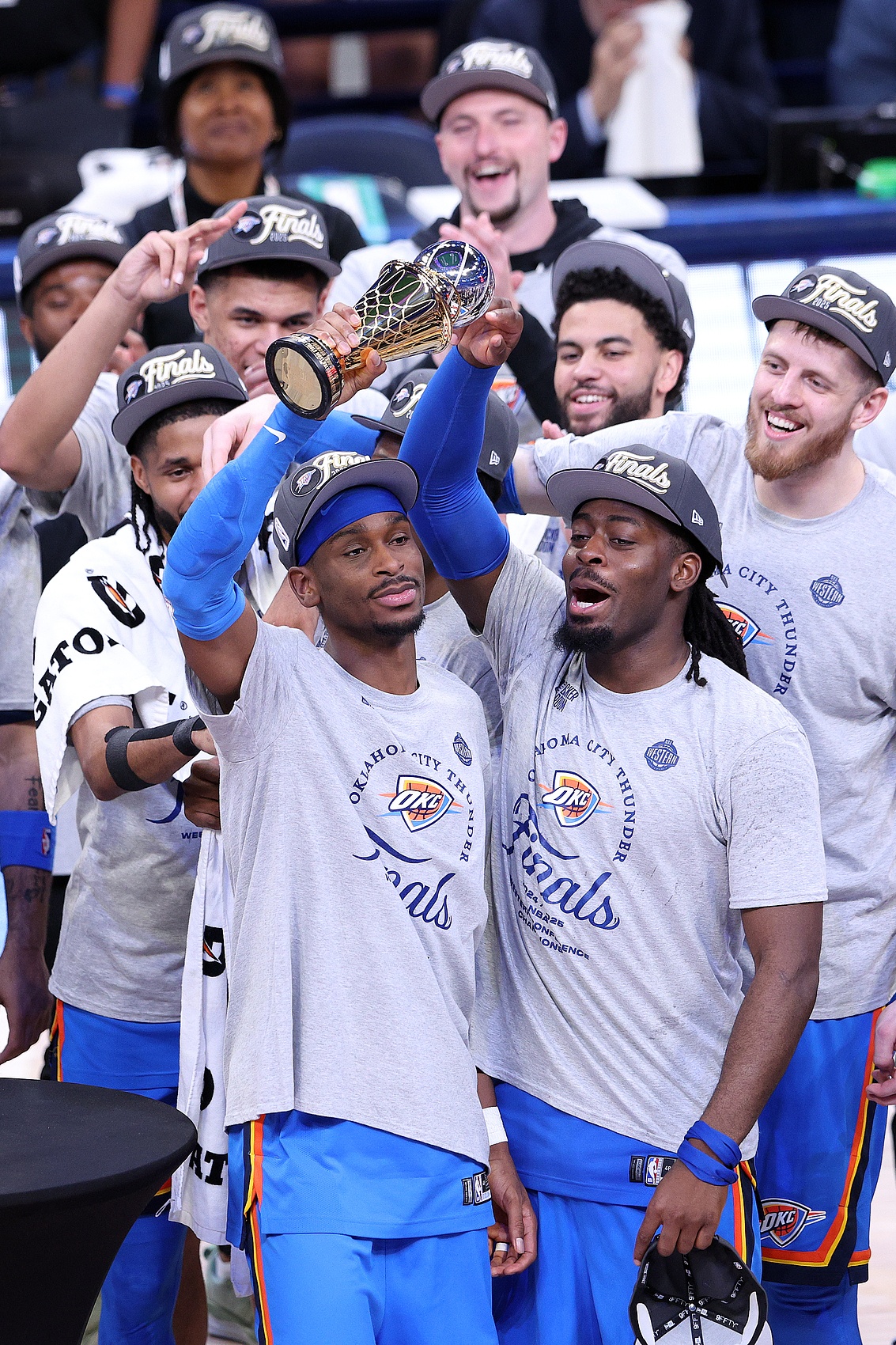
Translator's note: This article was originally published from The Athletic, and the author is John Hollinger. The data in the article are as of the original text as of June 5th local time. The views in the article have nothing to do with the translator and the platform.
The "waving goodbye battle" is only six years away.
In the history of the Portland Trail Blazers, that famous moment—Damian Lillard’s three-pointer from Paul George—was also the lowest point in Oklahoma City Thunder’s history. In the 2019 NBA playoffs, they were eliminated in five games and were eliminated in the first round for the third consecutive year. The team's lineup was aging and the salary space was bloated. At the same time, they were in the 47th largest TV market in the United States, and they also paid as much as $61.6 million (about 390 million yuan) of luxury taxes, which seemed to be in a deadlock.
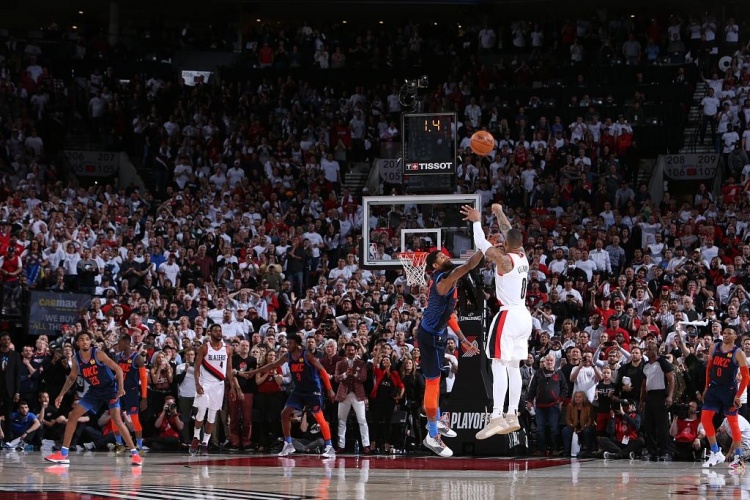
As if Lillard waved goodbye not only an era in Oklahoma City—an era of disappointing, unwinding titles—but also heralds the Thunder’s rise again to a long and painful journey. In a sense, he did: Russell Westbrook and George have never played a game for the Thunder since.
But Lillard is also waving his hand to welcome a dramatic rebirth, which allows Thunder President Sam Presti - now in charge of the team's 19th season - to draw his Mona Lisa. If, as many expected, the Thunder beat the Indiana Pacers in the NBA Finals, this season would be the first achievement on Presty’s Hall of Fame resume and ensured that he was finally selected.
Everything that has happened since April 2019 is one of the fastest and most thorough reconstructions in NBA history. Starting from a seemingly completely trapped situation, the Thunder achieved the best record in the Western Conference with the youngest lineup in the league in just five years. A year later, they become the favorites to win the championship, expected to win the team's first championship in Oklahoma City, and continue to become the favorites to win the championship in the coming years.
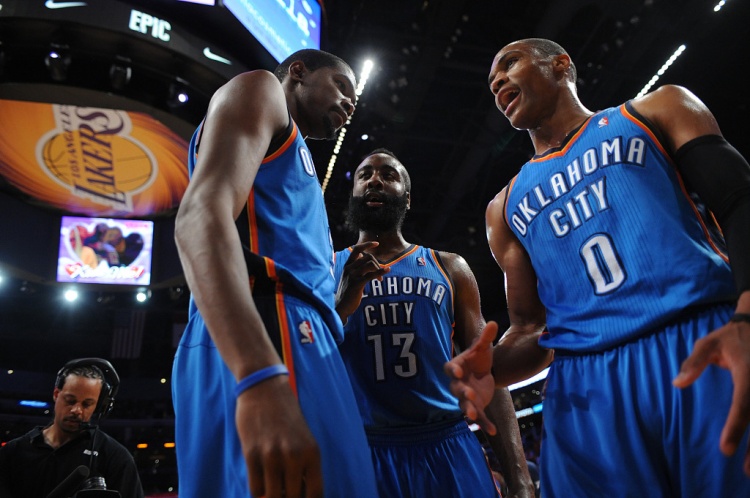
This rebirth is about both talent and philosophy.
If you look back, the Thunder's origin story is the greatest three-year draft operation in NBA history. Presti started his career with the Thunder three weeks before the 2007 draft when the 29-year-old Wizards rose all the way from San Antonio Spurs management, which was amazing (even then, anyone who had seen him knew he was destined to run an NBA team).
He selected Kevin Durant and Jeff Green in 2007, Westbrook and Sergey Ibaka in 2008, and James Harden in 2009. Green was eventually traded as Kendrick Perkins. Given this swap, it means that the players Presti selected over three years form a top five player roster of the Finals team, including three future MVPs.
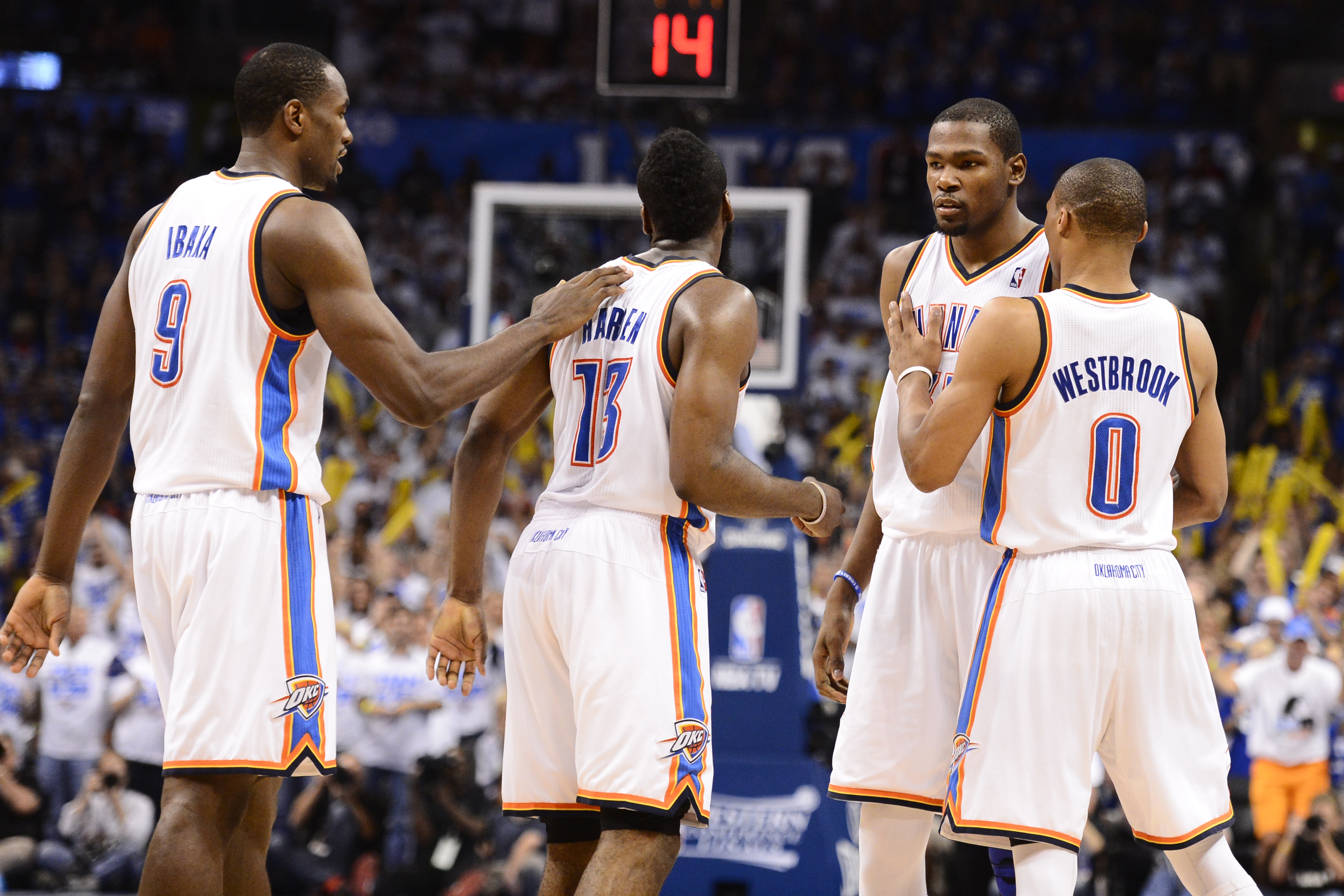
These drafts (also include the 24th pick in 2011, Steven Adams in 2013, and Andre Robertson in 26th pick) are amazing, but over time, they have also become shackles of ideas.
In hindsight, you will doubt whether those Thunders have risen too quickly. They are trapped in the "win in the present" mode and have excellent individual players, but they may not be able to integrate well. They have gone through two coaches, the coach itself is good but failed to push the team through, and it took too long to find the right center (missing Tyson Chandler's physical examination in 2009 is still one of the most turning "if" moments in NBA history).
Although they always say they don't skip any steps, the hidden dangers of losing Durant or Westbrook mean they are also starting to take shortcuts - the most prominent example is sending Harden away at a low price, not trading it at the peak of Westbrook's value, and then betting on high-risk "homerun" deals on George, Cameron Anthony and Waiters.
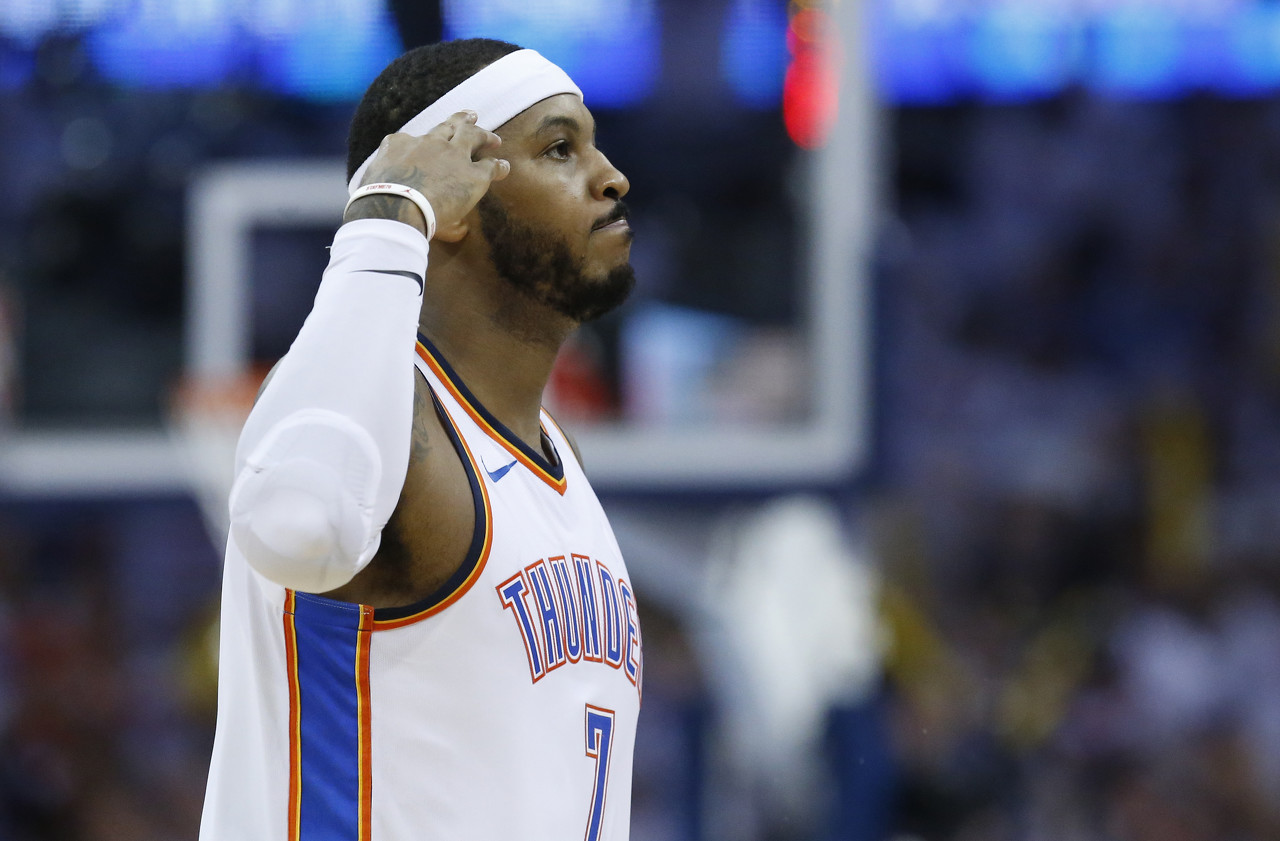
The key is: if you talk to someone who knows Presti or has worked with him (or directly talks with Presti himself), you will know what can make him excited. It’s not players like Durant and Westbrook, but those who have noble character, calm mind and team-first practices. The man who made his mark at the height of Spurs culture once signed a four-year, $27 million contract extension after Kenridge Williams averaged 7.4 points and 4.5 rebounds per game for a 24-win team.
This is important because, in my opinion, that's why the Thunder now feels more natural than the Durant Westbrook team. Presti's ideal basketball model is very different from his own team, but it is more like his old club - the "beautiful basketball" Spurs that swept the Thunder in the division finals in 2014 (we'll talk about that San Antonio team later).
The Thunder 1.0 version created by Presti is a pile of talents, and a team is pieced together around talents; the overall situation has never surpassed the sum of parts, and sometimes it is even far from it. Westbrook, in particular, is a gifted athlete and a ruthless contender, but he is also stubborn to the point where he makes it difficult for any other ball-holder to play with him. The classic scene at the end of that era is the young Domantas Sabonis smoking outside the three-point line and watching the "Westbrook Show" helplessly.

This time, it feels completely different: from top to bottom, this is all the concreteization of Presti's basketball philosophy. The core of the team is more than a dozen different versions of Death Saburo, but some of them are more talented.
In a sense, it's easy to explain why the Thunder rebuilt so quickly: Paul George's deal. Putting aside the other benefits the Thunder will still receive from the Los Angeles Clippers, the first two assets in the deal were Shay Alexander and the draft pick that later picked Jay Williams. Coupled with the selection of Chet Homegren in another bad season, it was enough to give the Thunder a championship core roster.
However, this answer seems too simplified to lead the Thunder to this point. Presti's Thunder 2.0 reconstruction has three highlights: 1) Massive hoarding of draft picks so that the Thunder does not need to be perfect; 2) Find the right coach to share the vision and execute everything; 3) Double the attention to the players' personalities while introducing talents.
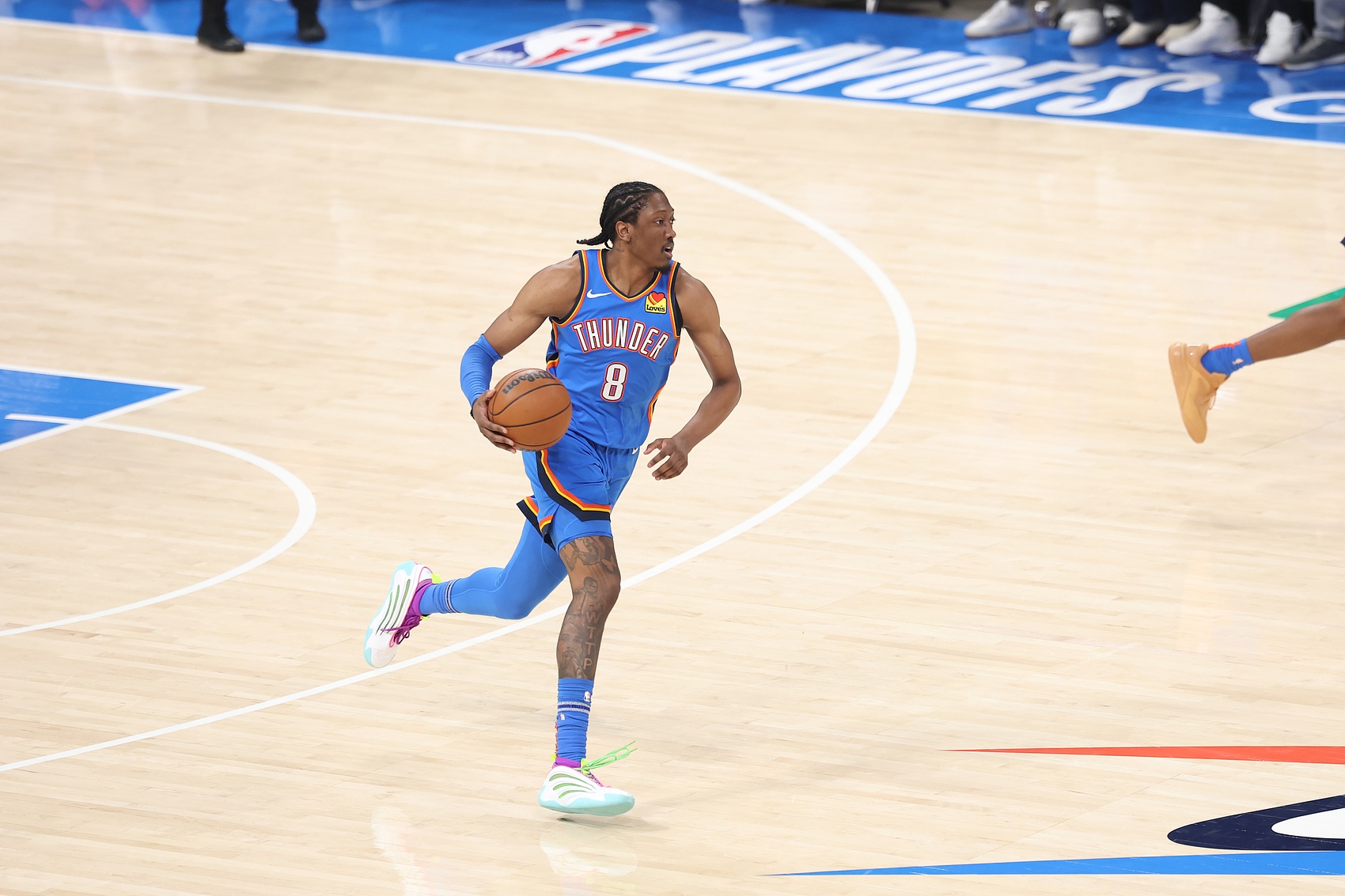
It happened that they picked Jaylen Williams, one of five draft picks from the Clippers in the trade. But Presti never stopped working, ensuring the Thunder have a large number of first-round picks through a series of other trades, with almost all picks having at least the potential to be selected in the lottery zone.
It is worth noting that even though Alexander showed a much-than-expected superstar potential, Presti remained patient and continued to trade to increase the chances of picking talented players.
The most telling thing is that he is willing to give up a tangible first-round pick in the Dallas deal about PJ-Washington in exchange for an unprotected draft pick swap in 2028. Presti may risk ending up using a final first round for useless things, and may inadvertently help the Mavericks beat his top seed team in the 2024 playoffs in the short term. But in his opinion, the reconstruction is not yet completed, so the potential positive outcome is worth the risk.
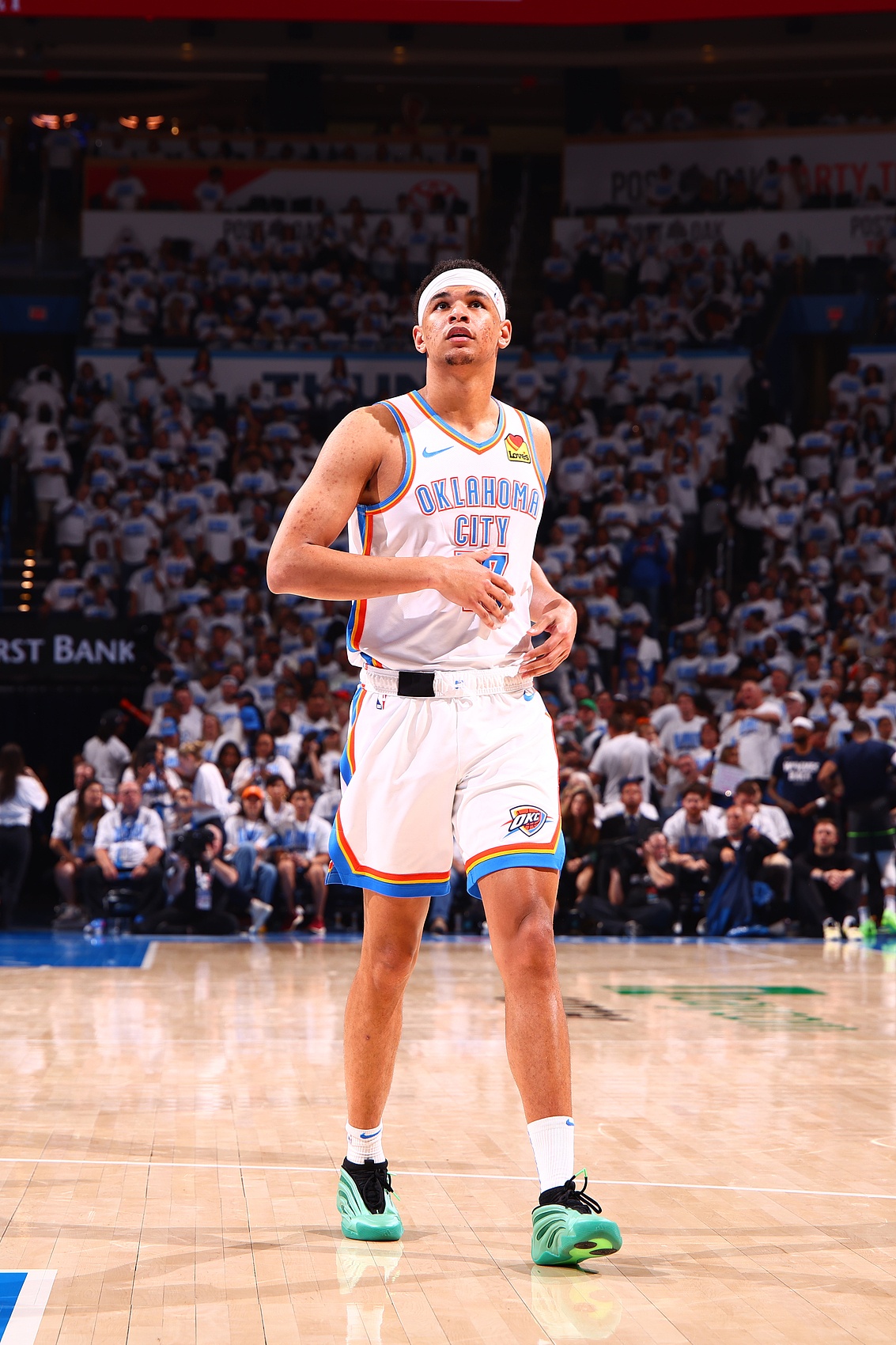
To understand its actual operation, please note that the Thunder chose Usman Gion before Jaylen Williams ranked in the 2022 draft, and for this, they did not hesitate to "send three low-value future first rounds to the Suns"... but this doesn't matter. The whole point of the Thunder accumulating six lottery draws between 2021 and 2024 is that they no longer need to be perfect every step. Pile the chips high enough and you will be eligible to lose a few moves.
Their accumulation is not over yet. Oklahoma City also has a "red shirt" lottery show (meaning a rookie who delays reporting due to injury or other reasons) Nikola Topic is preparing to join this summer. The Thunder will have two first-round picks this month, the 15th and 24th picks respectively; there are likely to be three first-round picks in 2026; there are still two in 2027 and 2029. They also have the aforementioned draft pick swap with Dallas in 2028 and the 2027 swap with the Clippers. If that's not enough, their second-round pick reserves are still staggering: There are 14 second-round picks available from 2028 to 2031.
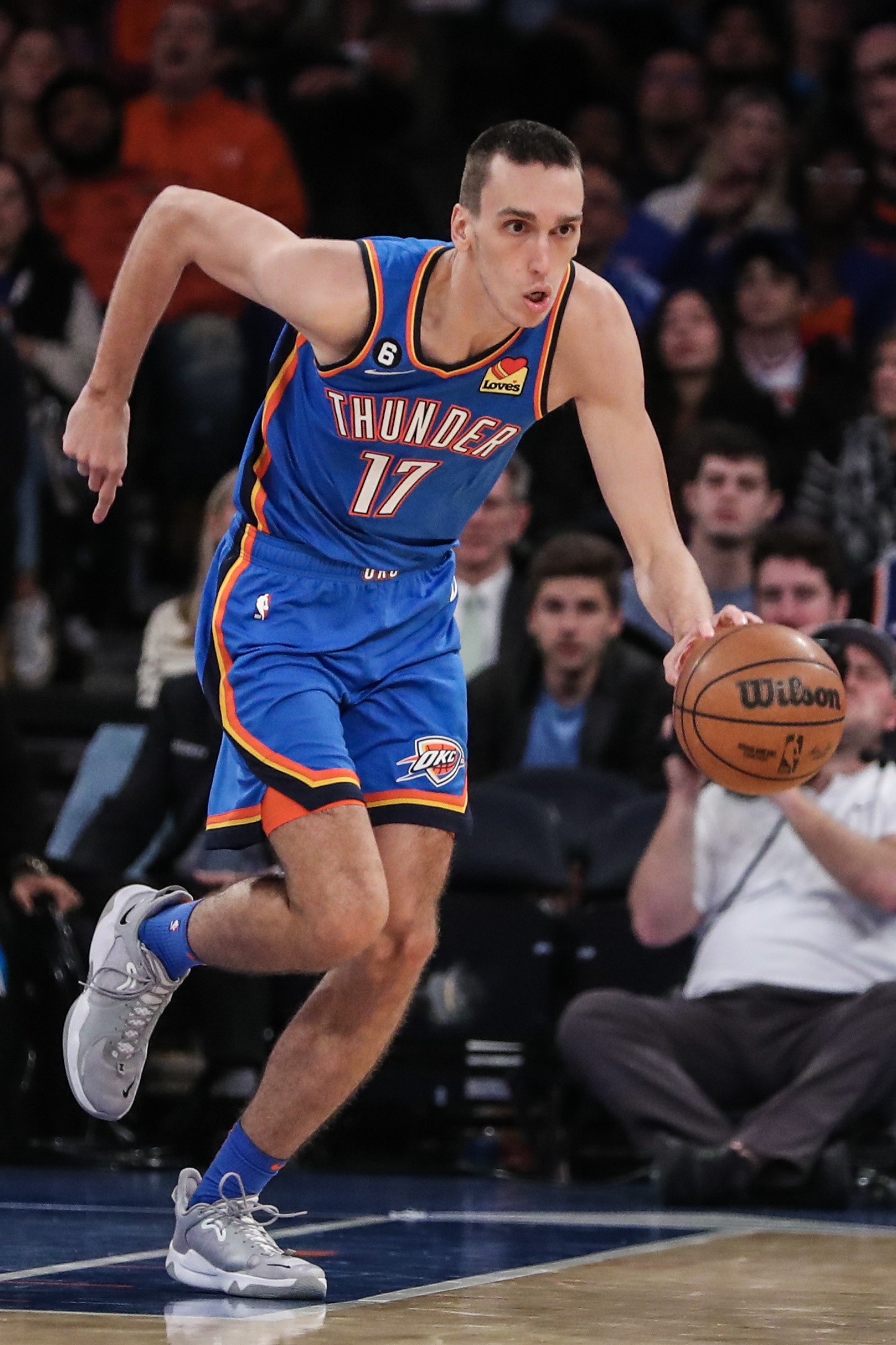
This means there are 10 first-round picks in five years, nine of which may be the other teams' signings instead of the 29th or 30th picks they themselves have in the mid-Dynasty. They may have chosen seven Alexey Pokushevsky, but as long as the other three are chosen correctly, it doesn't matter at all. More realistically, they may trade some of the signs for future trading chips or use them to trade draft picks upwards to continue this feast of "lead dice" (meaning of a huge advantage) to the further future.
The second element of all this is finding the right coach, and Presti is very lucky that the best candidate is already on the team. We should note that part of the reason is that the Thunder gave Dagnot an unprecedented five years to accumulate coaching experience in the Development League teams – the Development League has quietly become an excellent incubator for cultivating coaching talents. Of course, it doesn't matter if Presti doesn't have the courage to promote Degnot after he was just an NBA assistant for one full season. Since then, the two have formed a symbiotic cooperative relationship.
Last weekend I asked Dagnot about the challenges of the coach’s relationship with the general manager and the team’s journey from bottom to top. His lengthy answer emphasizes how each level of this reconstruction is fully integrated, and how important it is to Presti to value both talent and “people” in personnel selection.
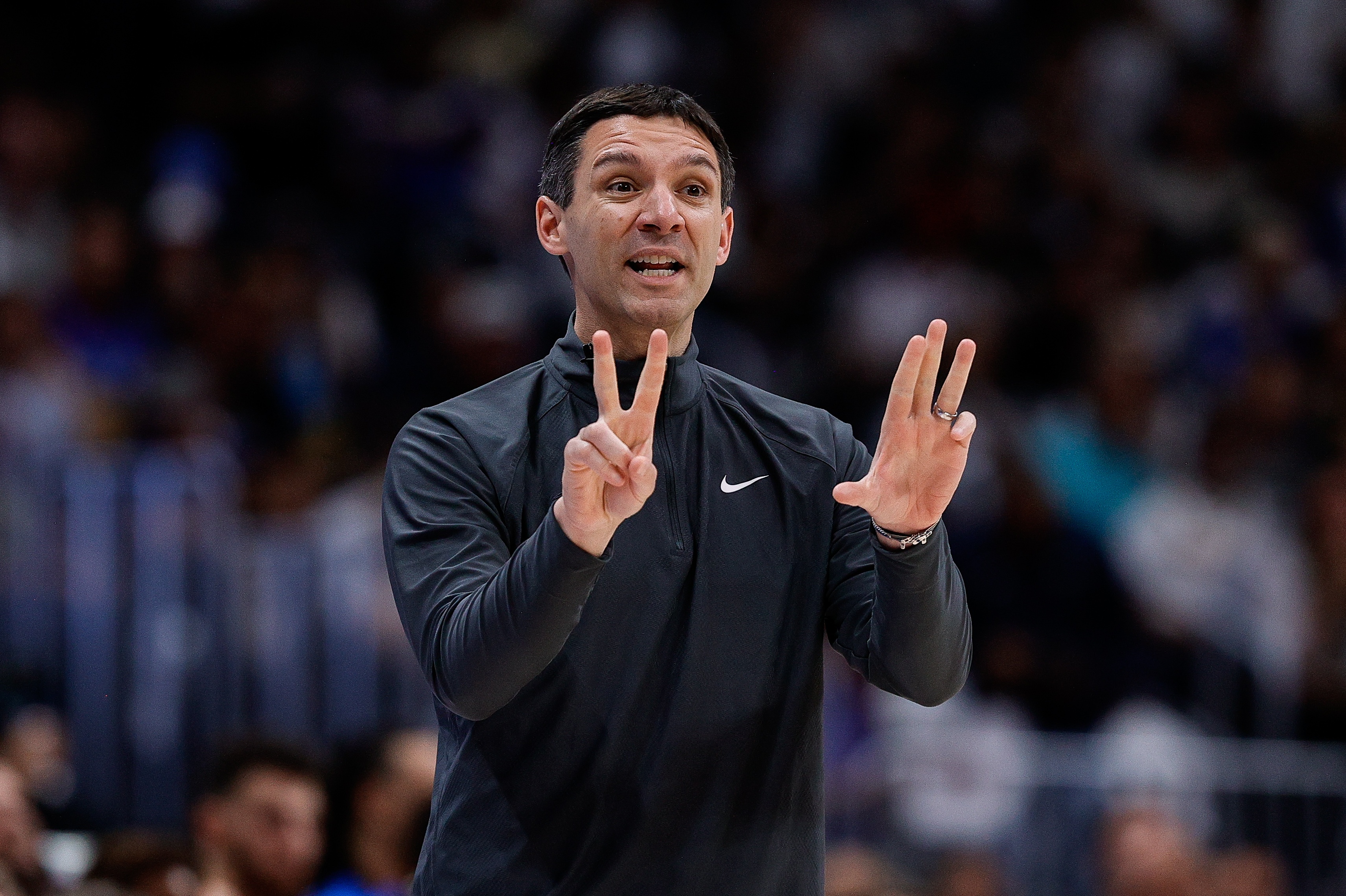
"I had been on the team for six years when I started as head coach," said Dagnott, "We've seen each other in a long time in many different situations, so there's no running-in process in relationships, just a continuation of our existing relationships... The communication between these two positions is crucial, and I think this tacit understanding helps.
" Then... a lot of the challenges come from disagreements in philosophy. And I grew up in the professional basketball environment here. I have not worked in other professional basketball teams before coming here, and I don’t know much about professional basketball before coming here. So my entire philosophy in professional basketball is under the framework of the Thunder.
"A lot of things I learned from Sam, and from my experiences with this team, such as understanding these teams is complex, not just the one you coach your team. You are part of the big ecosystem of players and team building, and you are executing a grand strategy for a team. These are the elements that must be a sustainable and successful team in the NBA."

However, Dagnot's promotion is also an example of a larger trend, the third point I mentioned above. Again, the Thunder are very lucky to get Alexander in the George trade, but it is no accident that the Thunder locks him in the trade.
Do you still remember the Spurs in 2014? SGA is the closest player to Duncan since Tim Duncan, a superstar who needs no worries. Even when he debuted from the University of Kentucky Draft in 2018, his background report had more top-notch ratings than any draft candidate I remember (I worked for the Memphis Grizzlies at the time, and we did a lot of research with the fourth pick).
Of course, this is much more than Alexander, Williams and Homegren. Rebuilding in 2019 may make teams more successful in other aspects of building. Even if all first-round picks are excluded, Oklahoma City's resume in player introduction over the past five years has been a huge success; luck has always been a factor, but largely thanks to their focus on less contoured potential stocks and more targeting "that kind of people" that fit Presty's philosophy. The other two players in the
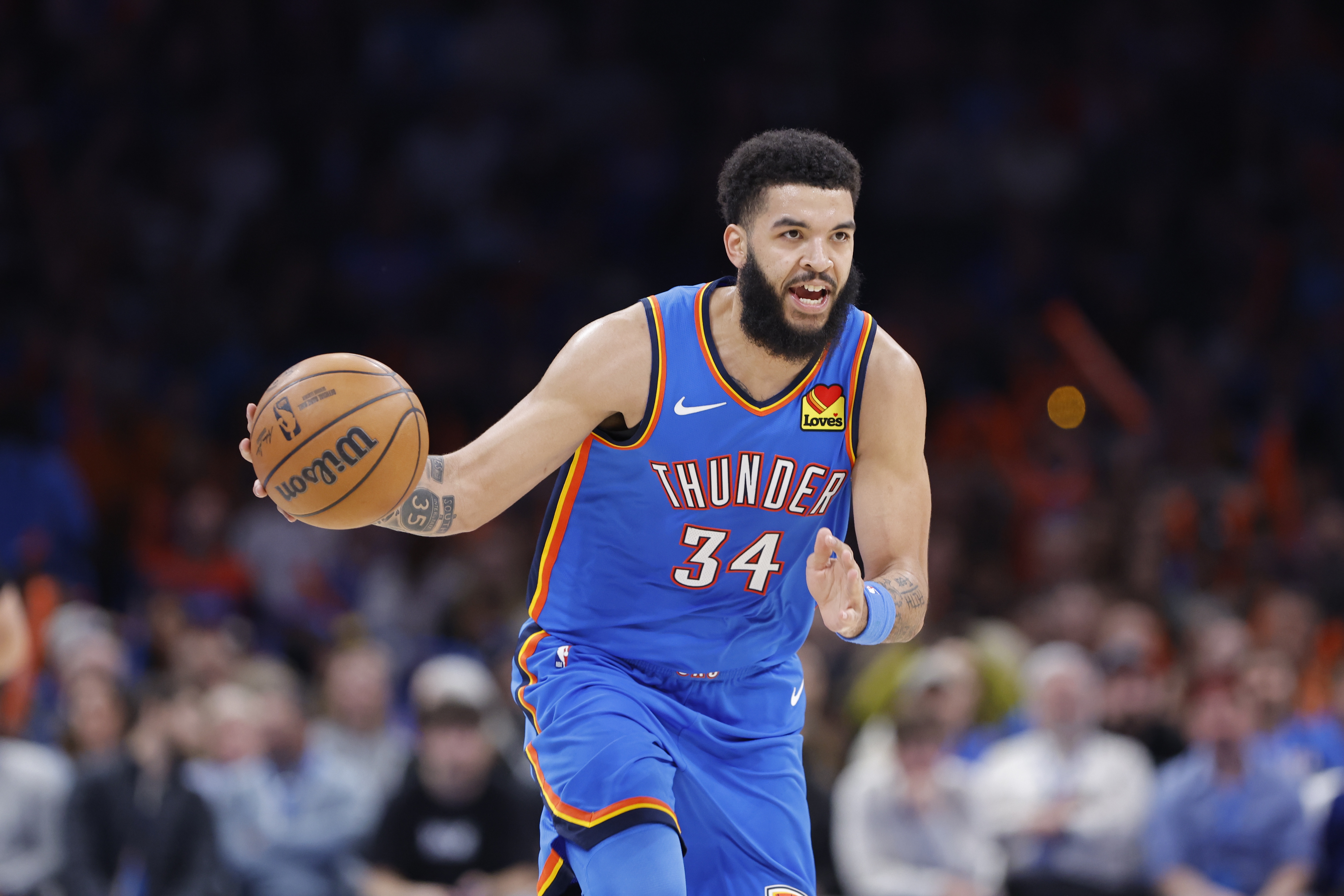
lineup were the aforementioned Kenridge Williams and Alex Caruso - they were classic doers in Presti mode (as far as Caruso is concerned, this is the "re-driving" after the Thunder let him go in the Westbrook era). The Thunder also found: a back-end draft pick (Aaron Wiggins, No. 54 in 2021), a claim to drop off the player (Isaiah Joe in 2022), a undraft (Dotter in 2019), and a deal to balance salary (Kenridge Williams in 2020). None of these players has a 40-inch (about 102 cm) vertical bounce, nor can they let scouts salivate when they are hot-boosting.
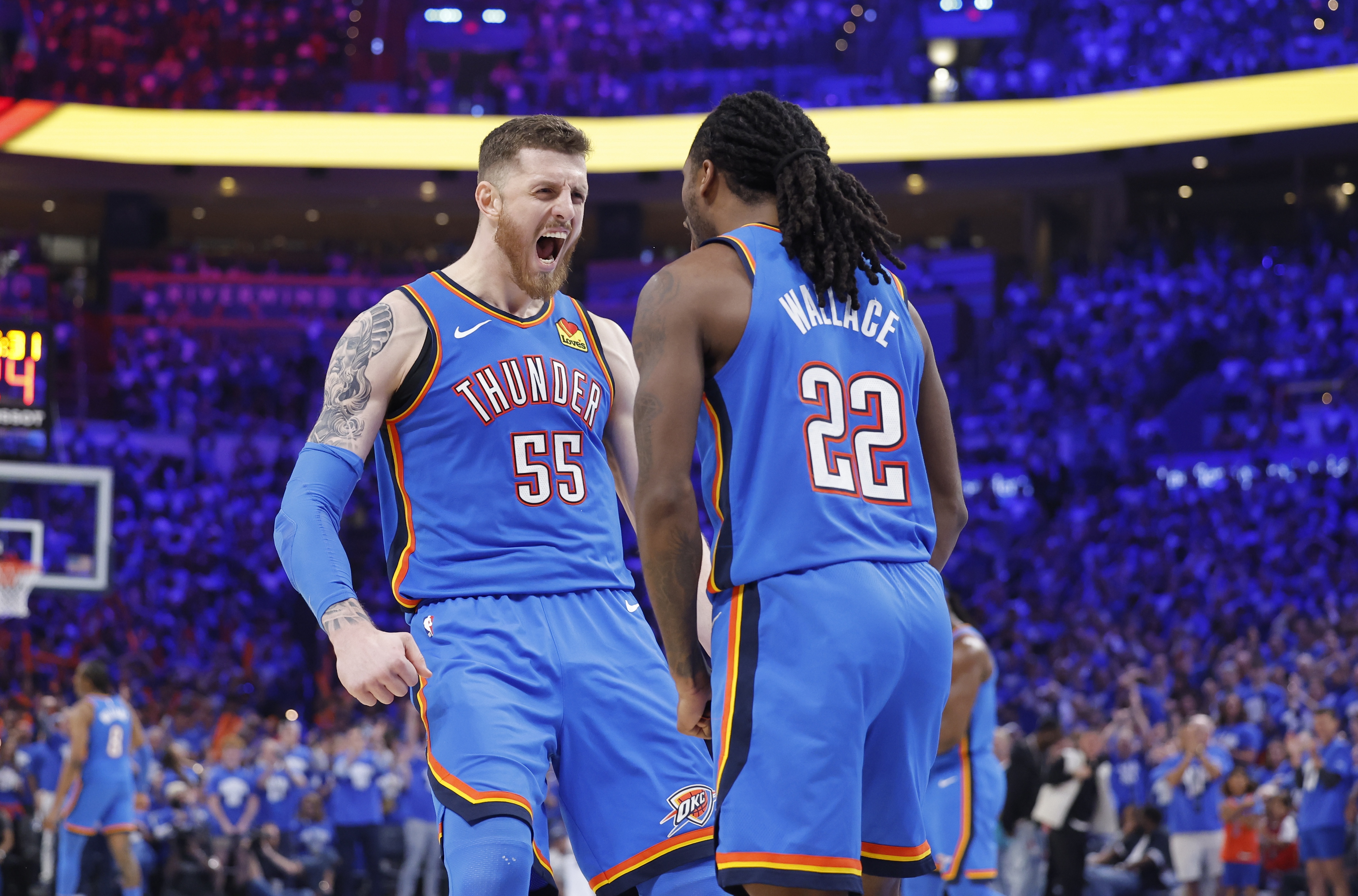
The Thunder used cap space to absorb contracts year after year to get more draft picks, including picking Carson Wallace in 2023 with a draft pick up trade until they finally find the perfect free agent puzzle (Isaiah Haltenstein) to perfect the roster. They even traded Josh Gidey for Caruso without sending a draft pick.
Even their biggest mistakes lately have brought great opportunistic benefits. The 2024 deal was not working on the court, but it was one of the greatest hidden salary cleanups in recent years, throwing away a wrong contract of this era (Vasilier Misic), Davis Bertans and the barely-use Trey Mann – paying only two future second-round picks – providing the Thunder with the salary space needed to sign Haltenstein and renew Joe and Wiggins.

You might wonder whether winning the championship will eventually prompt Presty to retire like Bob Myers. No one of the people I've talked to can imagine this happening. Behind that pair of stylish glasses is a cold contender who reacts to defeating you four times in a row to try to beat you even harder on the fifth time.
He will get more such opportunities in the coming years. In the past twelve years, no team has more conditions to start a Spurs-like twenty-year dominance than this Thunder, not even the Golden State Warriors and the Boston Celtics. Presti does this from the ruins of the "Wave Farewell Battle" and only makes it all more impressive.

